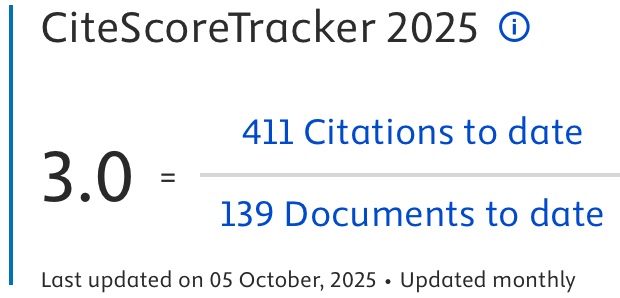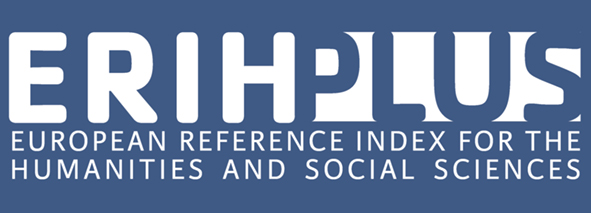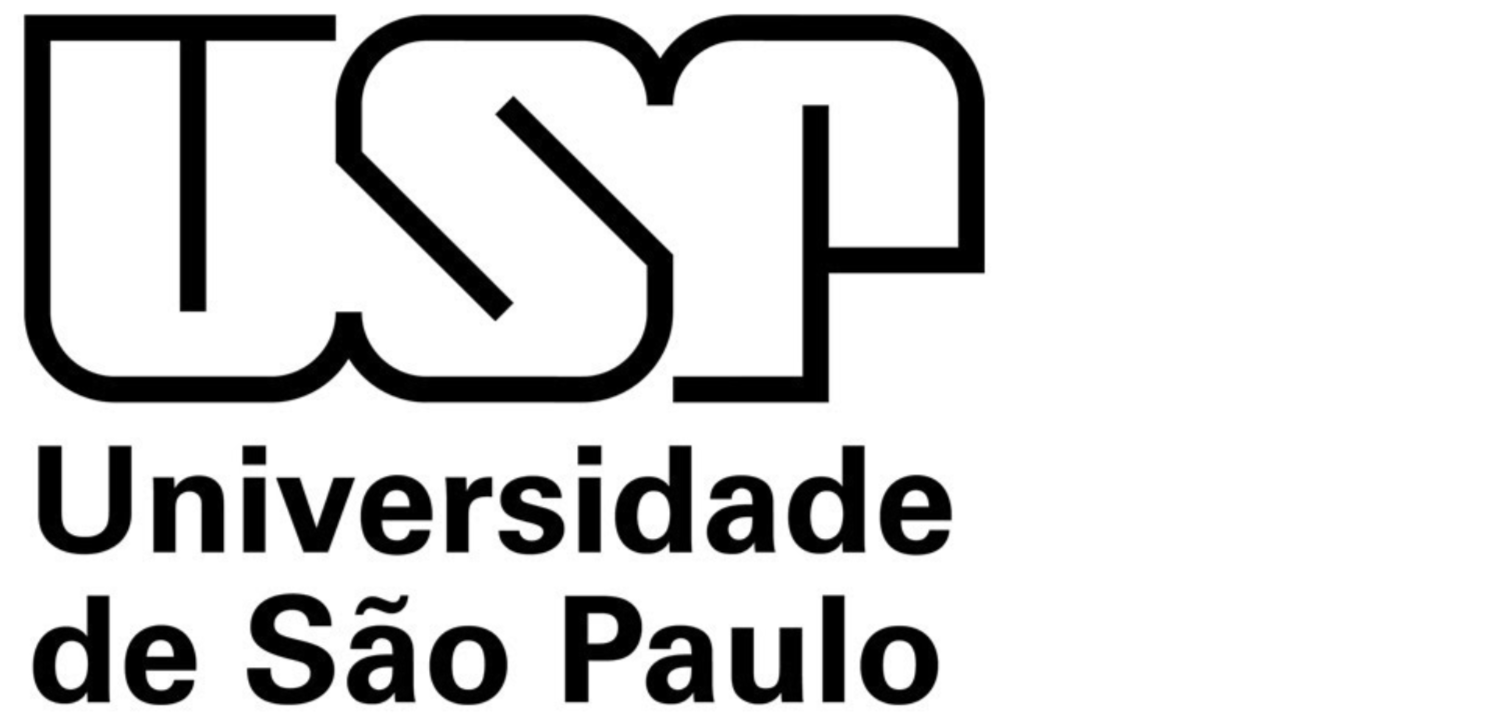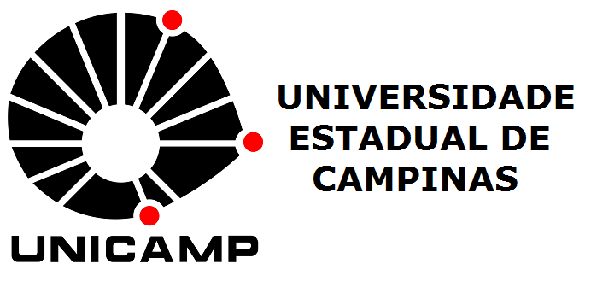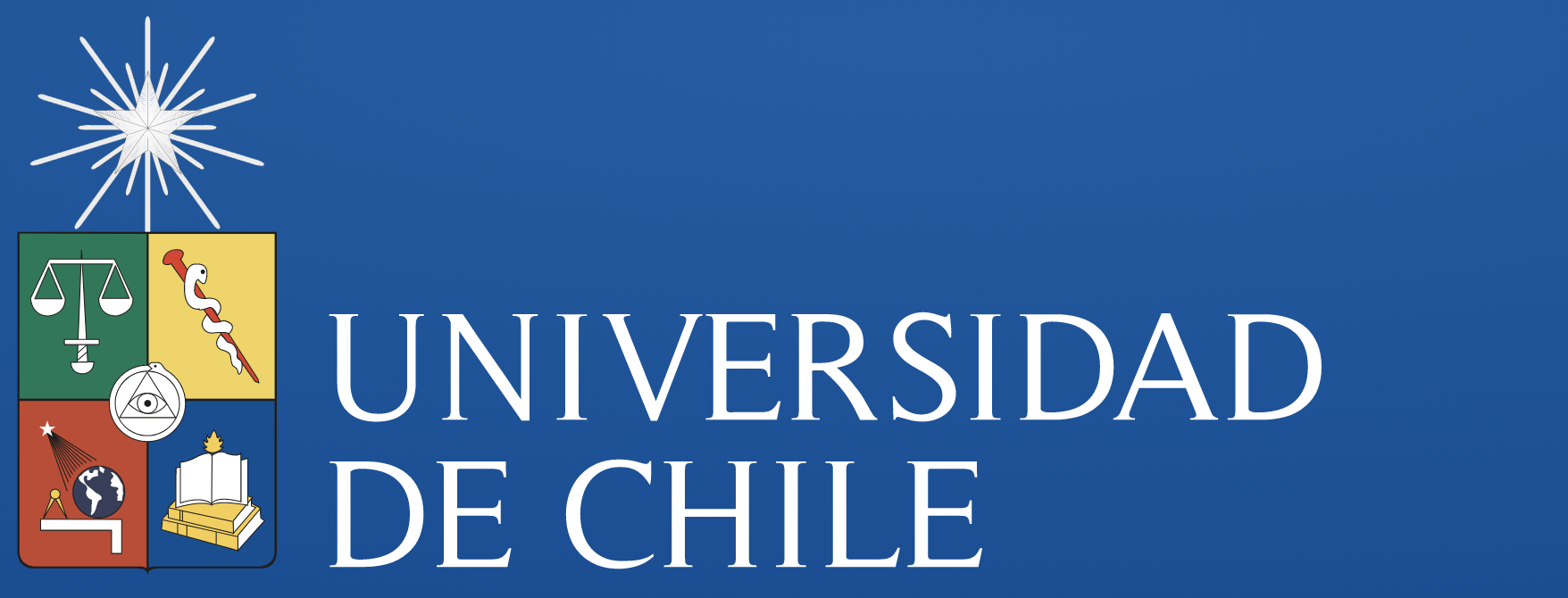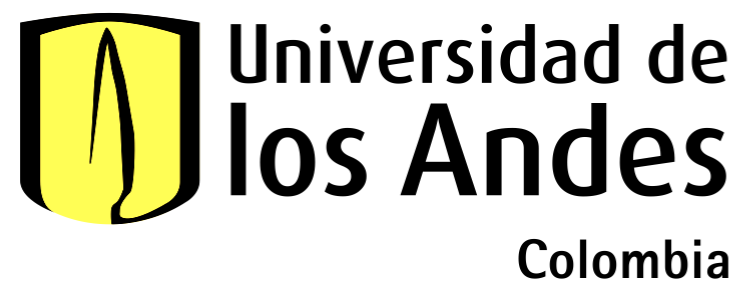The impact of urban models on social support – Between spatial justice and sustainable development
DOI:
https://doi.org/10.69143/2464-9309/17132025Keywords:
spatial justice, social support, territorial disparities, environmental psychology, environmental well-beingAbstract
Territorial disparities condition the well-being of communities, affecting access to essential services and the possibility of building and maintaining meaningful social networks. Differences in the distribution of infrastructure, the quality of urban spaces, and opportunities for social interaction can amplify isolation situations, especially impacting the most vulnerable segments of the population. This study, conducted in four municipalities in the Province of L’Aquila, analyses the phenomenon according to two dimensions: the spatial one, linked to urban planning and the location of primary services, and the social one, related to perceived social support. The results underline the importance of inclusive planning that promotes spatial justice and equitable access to services, in line with the Sustainable Development Goals.
Article info
Received: 18/03/2025; Revised: 23/04/2025; Accepted: 02/05/2025
Downloads
Article Metrics Graph
References
Aksztejn, W. (2020), “Local Territorial Cohesion – Perception of Spatial Inequalities in Access to Public Services in Polish Case-Study Municipalities”, in Social Inclusion, vol. 8, issue 4, pp. 253-264. [Online] Available at: doi.org/10.17645/si.v8i4.3367 [Accessed 22 April 2025].
Augé, M. (2014), Non luoghi – Introduzione a una antropologia della surmodernità [or. ed. Non-lieux introduction à une anthropologie de la surmodernité, 1992], Elèuthera, Milano.
Camarero, L. and Oliva, J. (2019), “Thinking in rural gap – Mobility and social inequalities”, in Palgrave Communications, vol. 5, article 95, pp. 1-7. [Online] Available at: doi.org/10.1057/s41599-019-0306-x [Accessed 22 April 2025].
Cesareo, V. (2007), “Rivisitare la distanza sociale”, in Cesareo, V. (ed.), La distanza sociale – Una ricerca nelle aree urbane italiane, FrancoAngeli, Milano, p. 11.
Gausa, M. (2024), “Complessità, n-città e sistemi dinamici multilivello – Verso una (geo)urbanità in rete e in reti | Complexity, n-city, and multilevel dynamic systems – Towards a networked (geo)urbanity and networks”, in Agathón | International Journal of Architecture, Art and Design, vol. 16, pp. 16-29. [Online] Available at: doi.org/10.19229/2464-9309/1612024 [Accessed 22 April 2025].
Gottlieb, B. H. (1985), “Social Support and the Study of Personal Relationships”, in Journal of Social and Personal Relationships, vol. 2, issue 3, pp. 351-375. [Online] Available at: doi.org/10.1177/0265407585023007 [Accessed 22 April 2025].
Jennings, V. and Bamkole, O. (2019), “The Relationship between Social Cohesion and Urban Green Space – An Avenue for Health Promotion”, in International Journal of Environmental Research and Public Health, vol. 16, issue 3, article 452, pp. 1-14. [Online] Available at: doi.org/10.3390/ijerph16030452 [Accessed 22 April 2025].
Jennings, V., Rigolon, A., Thompson, J., Murray, A., Henderson, A. and Schulterbrandt Gragg, R. (2024), “The Dynamic Relationship between Social Cohesion and Urban Green Space in Diverse Communities – Opportunities and Challenges to Public Health”, in International Journal of Environmental Research and Public Health, vol. 21, issue 6, article 800, pp. 1-17. [Online] Available at: doi.org/10.3390/ijerph21060800 [Accessed 22 April 2025].
Kuddus, M. A., Tynan, E. and McBryde, E. (2020), “Urbanization – A problem for the rich and the poor?”, in Public Health Reviews, vol. 41, article 1, pp. 1-4. [Online] Available at: doi.org/10.1186/s40985-019-0116-0 [Accessed 22 April 2025].
Manthey, N. A. (2024), “The role of community-led social infrastructure in disadvantaged areas”, in Cities, vol. 147, article 104831, pp. 1-12. [Online] Available at: doi.org/10.1016/j.cities.2024.104831 [Accessed 22 April 2025].
Milocco Borlini, M., Pecile, A. and Conti, C. (2023), “Oltre il corpo – Ripensare il modulo per favorire l’inclusione sociale | Beyond the body – Rethinking the architectural module to promote social inclusion”, in Agathón | International Journal of Architecture, Art and Design, vol. 14, pp. 174-181. [Online] Available at: doi.org/10.19229/2464-9309/14142023 [Accessed 22 April 2025].
Moretti, M., Simonelli, A., Melloni, M. and Ronconi, L. (2012), “Interpersonal Support Evaluation List (ISEL) – Un contributo alla validazione e all’applicazione nel contesto italiano”, in Psicologia Sociale | Social Psychology Theory & Research, fascicolo 3/2012, pp. 447-440. [Online] Available at: doi.org/10.1482/38446 [Accessed 22 April 2025].
Perilli, E. (2019), Il Perturbante dell’espansione urbana – Elementi di psicologia dei luoghi, Edizioni Magi, Roma.
Sánchez-Zamora, P. and Gallardo-Cobos, R. (2020), “Territorial Cohesion in Rural Areas – An Analysis of Determinants in the Post-Economic Crisis Context”, in Sustainability, vol. 12, issue 9, article 3816, pp. 1-20. [Online] Available at: doi.org/10.3390/su12093816 [Accessed 22 April 2025].
Saganeiti, L. and Fiorini, L. (2023), “Gender Dis-Equality and Urban Settlement Dispersion – Indices Comparison”, in Gervasi, O., Murgante, B., Rocha, A. M. A. C., Garau, C., Scorza, F., Karaca, Y. and Torre, C. M. (eds), Computational Science and Its Applications – ICCSA 2023 Workshops, Proceedings Part IX, Athens, Greece, July 3-6, 2023, Lecture Notes in Computer Science, vol. 14112, Springer, Cham, pp. 291-300. [Online] Available at: doi.org/10.1007/978-3-031-37129-5_24 [Accessed 22 April 2025].
Saganeiti, L., Fiorini, L., Zullo, F. and Murgante, B. (2023), “Urban Dispersion Indicator to Assess the Italian Settlement Pattern”, in Environment and Planning B | Urban Analytics and City Science, vol. 51, issue 6, pp. 1322-1337. [Online] Available at: doi.org/10.1177/23998083231218779 [Accessed 22 April 2025].
SNAI – Strategia Nazionale per le Aree Interne | Dipartimento delle Politiche di Coesione (2022), Regione Abruzzo – Programmazione 2021-2027 – Dossier Regionale. [Online] Available at: regione.abruzzo.it/system/files/europa/snai/aree-interne/2021-2027/snai-dossier-regionale-abruzzo.pdf [Accessed 22 April 2025].
UN – United Nations | Department of Economic and Social Affairs (2021), World Social Report 2021 – Reconsidering Rural Development. [Online] Available at: un.org/en/desa/world-social-report-2021 [Accessed 22 April 2025].
Vehovar, V., Toepoel, V. and Steinmetz, S. (2016), “Non-Probability Sampling”, in Wolf, C., Joye, D., Smith, T. and Fu, Y. C. (eds), The SAGE Handbook of Survey Methodology, SAGE Publications Ltd, pp. 329-345. [Online] Available at: doi.org/10.4135/9781473957893.n22 [Accessed 22 April 2025].
Wan, C., Shen, G. Q. and Choi, S. (2021), “Underlying relationships between public urban green spaces and social cohesion – A systematic literature review”, in City, Culture and Society, vol. 24, article 100383, pp. 1-15. [Online] Available at: doi.org/10.1016/j.ccs.2021.100383 [Accessed 22 April 2025].
Zhai, Y. and Du, X. (2022), “Disparities and intersectionality in social support networks – Addressing social inequalities during the Covid-19 pandemic and beyond”, in Humanities and Social Sciences Communications, vol. 9, article 143, pp. 1-5. [Online] Available at: doi.org/10.1057/s41599-022-01163-y [Accessed 22 April 2025].

Downloads
Published
How to Cite
Issue
Section
Categories
License
Copyright (c) 2025 Lorena Fiorini, Lucia Saganeiti, Matteo Perazzini, Danilo Bontempo, Martina Bucci, Marco Giancola, Enrico Perilli

This work is licensed under a Creative Commons Attribution 4.0 International License.
This Journal is published under Creative Commons Attribution Licence 4.0 (CC-BY).
License scheme | Legal code
This License allows anyone to:
Share: copy and redistribute the material in any medium or format.
Adapt: remix, transform, and build upon the material for any purpose, even commercially.
Under the following terms
Attribution: Users must give appropriate credit, provide a link to the license, and indicate if changes were made; users may do so in any reasonable manner, but not in any way that suggests the licensor endorses them or their use.
No additional restrictions: Users may not apply legal terms or technological measures that legally restrict others from doing anything the license permits.
Notices
Users do not have to comply with the license for elements of the material in the public domain or where your use is permitted by an applicable exception or limitation.
No warranties are given. The license may not give users all of the permissions necessary for their intended use. For example, other rights such as publicity, privacy, or moral rights may limit how you use the material.






